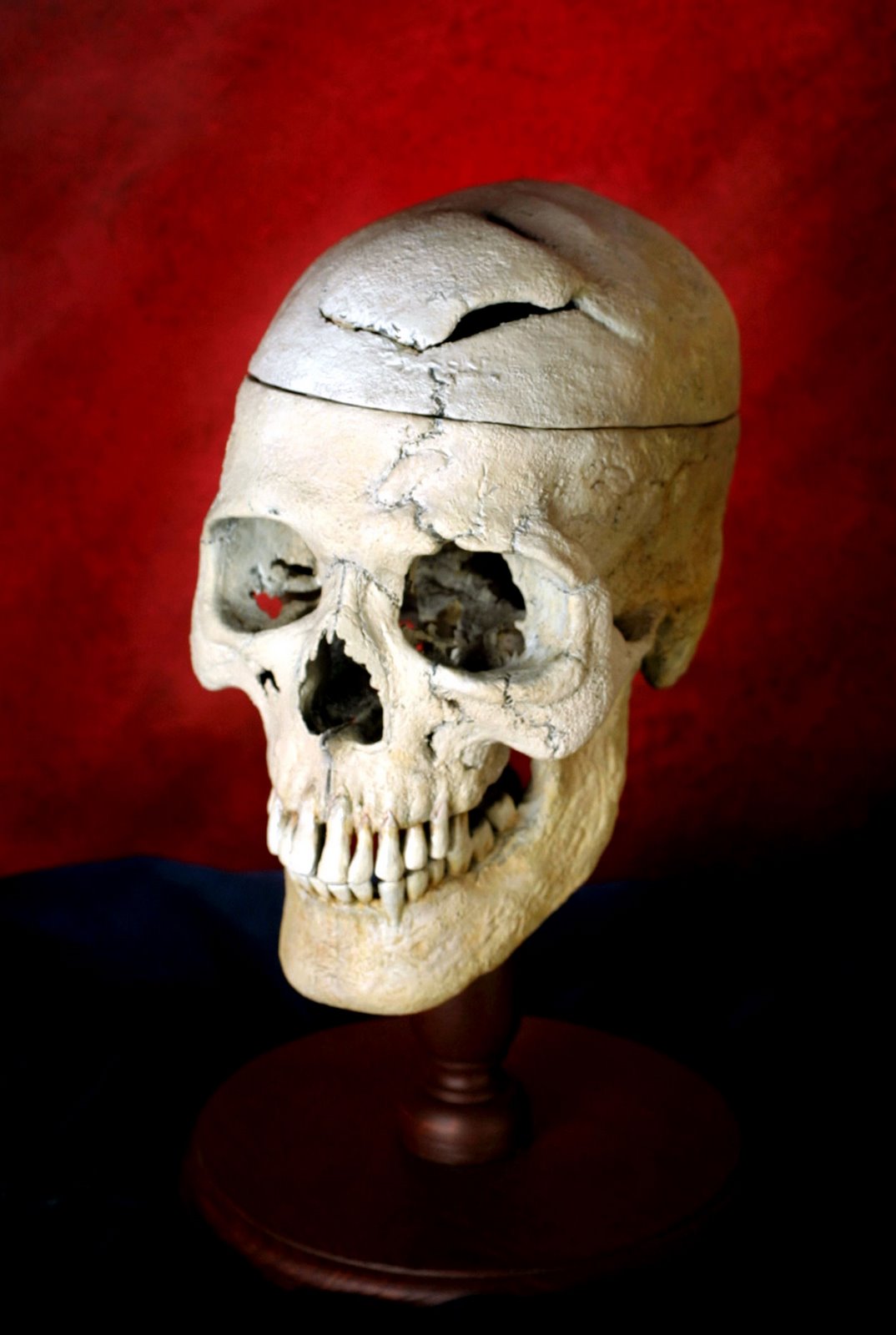It's been a while

...and, I'm back.
I recently turned a corner in residency, being now a fifth-year "lab resident." That means that I'll have rare periods of clinical responsibilities, but otherwise will spend my time working on a variety of research projects, most of which will concern the care of spinal disease. I'll also resume 'normal' work hours for the most part, so I can say goodbye, hopefully, to the dark circles under my eyes and the twenty or so pounds of excess flesh I've lugged around with me for the past several years. Even more importantly, I can spend some time writing. Perhaps I'll even write on this blog.
A few issues these days really have me steamed, and most of them concern health care reform and health care bureaucracy (a word for which I harbor such an intense antipathy that my brain refuses to remember how to spell it, no matter how many times I look it up). Without going into specifics in this instance, I'll just highlight the fundamental problem, as I see it, with the creation and enactment of any truly beneficial reforms to our current system.
That problem, I think, is that people with little to no appreciation for the day-to-day challenges of taking care of patients are the ones making the decisions. We have career economists telling us how the finances of health care are to be managed; we have politicians and journalists (and economists) telling us that inevitable events can never happen, and if they do then it impugns our entire health care system; and we have pundits from both sides struggling to represent their own interests without anyone actually sitting down to, as my high school A.P. history teacher would say, "wrap their minds around the problem." President Obama, to his credit, is making an effort of sorts to listen to physician input. However, the whole of physician input cannot be encapsulated in a single New Yorker article written by an academic surgeon--particularly when that article highlights an instance of physicians providing "too much treatment" without making any sort of common-sense attempt to understand the generative forces that created that situation. (Though I'm tempted to go in for a David Foster Wallace-style endless footnote here, I'll just state parenthetically that perhaps the reason some physicians are becoming more entrepreneurial, inserting themselves into multiple revenue streams aside from simply seeing patients, is that physician reimbursements have been flat or declining for the past twenty years; and that when you have a segment of the most highly intelligent, educated, ambitious, and capable people in the population who feel they are not being reimbursed at a scale commensurate with their efforts and sacrifices, we shouldn't be surprised to find them getting their cookies from some other jar). Yet hear we are, facing perhaps the biggest legislative decision our country has faced in over fifty years, and we're doing it with a bunch of blind men as our guides.
My proposal would be as follows: create a think-tank of health care practitioners representing multiple sectors of the health care 'machine,' and charge them with the task of coming up with a solution to the health care crisis. Cloister them in a cabin in Montana, with a small library of books on health care policy, Medicare regulations, economics, political science, and history, along with detailed descriptions of how health care is provided in the twenty or so countries who seem to have found the greatest success with universal health care. DO NOT include in this think tank any career economists or politicians; instead, provide contact information for such people who can serve as consultants, should any questions arise that need immediate answers not available in the reference library. Finally, give this think-tank a deadline, say one month or so, to come up with a concise framework for health care provision in this country.
Why would this idea work? Well, because you'd have people who know what it's like to take care of patients coming up with solutions that respect patient care FIRST, and all other considerations secondarily. You'd also be entrusting the decision to people who have some skin in the game and who have to live with the end results, rather than to somebody who's going to sit back and criticize and condemn no matter the outcome.
So, anyways, that's my suggestion. We'll see if it garners the same reception around the White House as Atul Gawande's article did.







